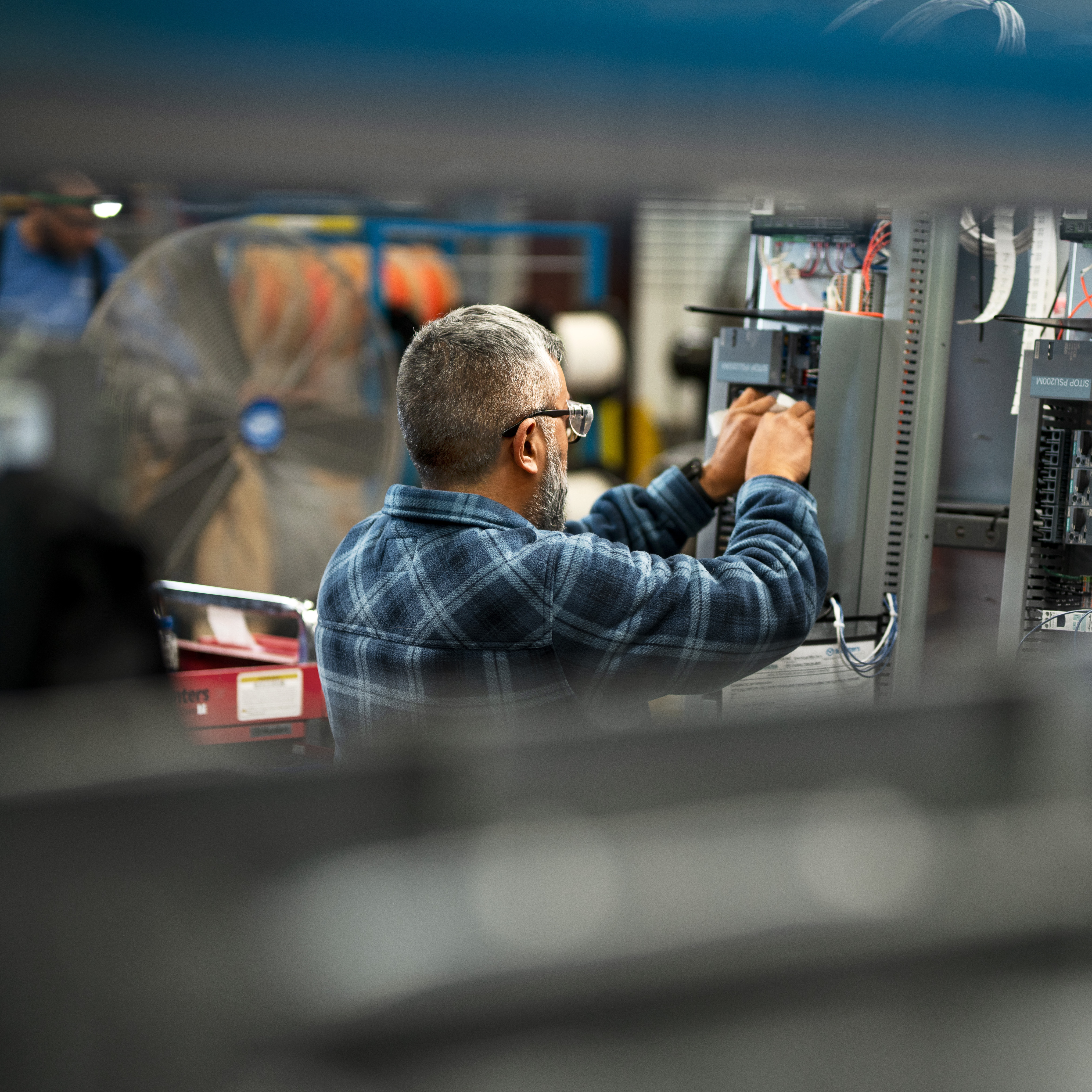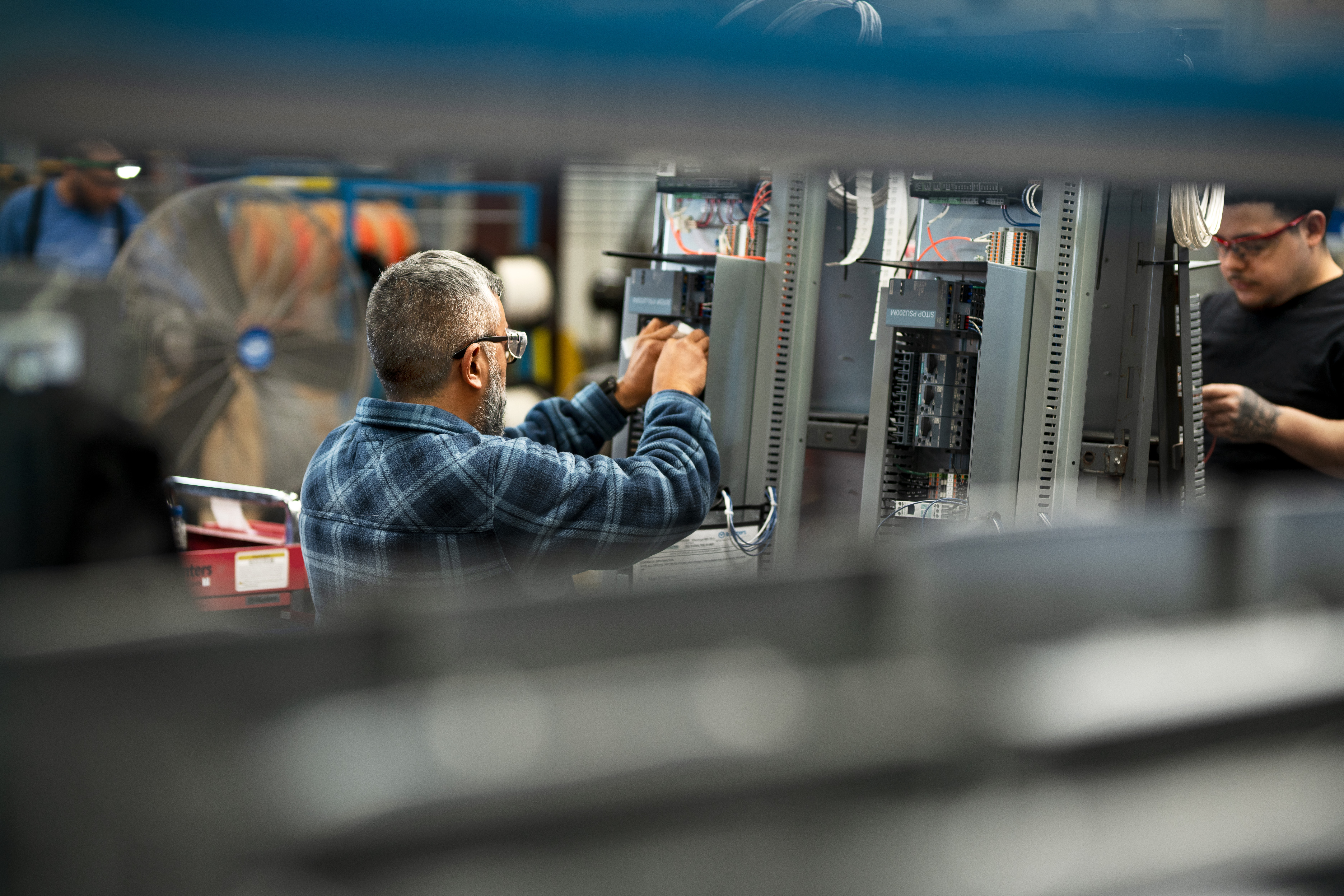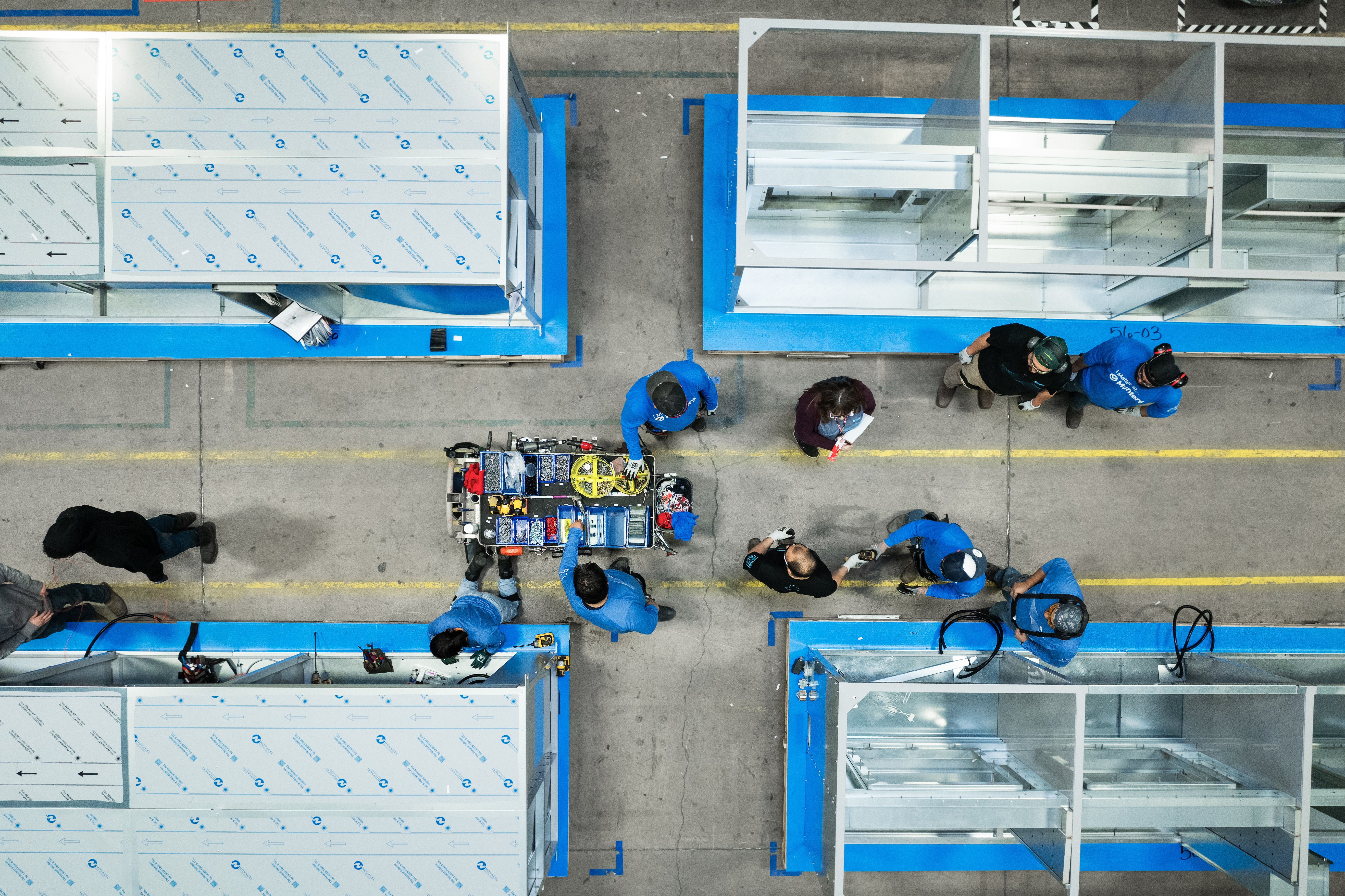70 anos de celebrações
Inovação e Excelência
Munters climate solutions protect the Home of Carlsberg's unique heritage
Soluções adaptáveis e energeticamente eficientes de resfriamento por ar e líquido para data centers
A smarter, digital
food supply chain
begins here
Indústrias em destaque
Todas as indústriasUpcoming events
All eventsSep 10-Sep 11
Sep 23-Sep 25
ExhibitionAHR Expo Mexico
Cintermex, Obrera Monterrey, N.L. - Mexico23/09/2025 12:00:00 - 25/09/2025 18:00:00
Oct 21-Oct 23
Dec 2-Dec 3



















